Not long after Patricia Turner and a handful of Black students desegregated Norview junior high school in Norfolk, Virginia, she realized a big difference between her new white school and her former Black school. That February of 1959, she didn’t have to wear a coat in class to stay warm, because Norview was heated.
She hadn’t noticed the difference earlier because of the steady volley of racism directed at her, Turner said. A teacher put her papers in a separate box and returned them wearing rubber gloves. (He later wrote her an apology letter.) And her fellow students spat on her.
“I had my mother, my dad, my church, my pastor, my God,” Turner said, explaining how she survived the daily assaults on her body and spirit.
Turner and 16 other Black students who attended six white schools under court-ordered desegregation were called the Norfolk 17, the young foot soldiers in the campaign against Virginia’s “Massive Resistance”, a state policy to oppose school desegregation. Rather than desegregate public schools after the 1954 US supreme court decision in Brown v Board of Education, which declared segregated education unconstitutional, Virginia officials closed some of them.
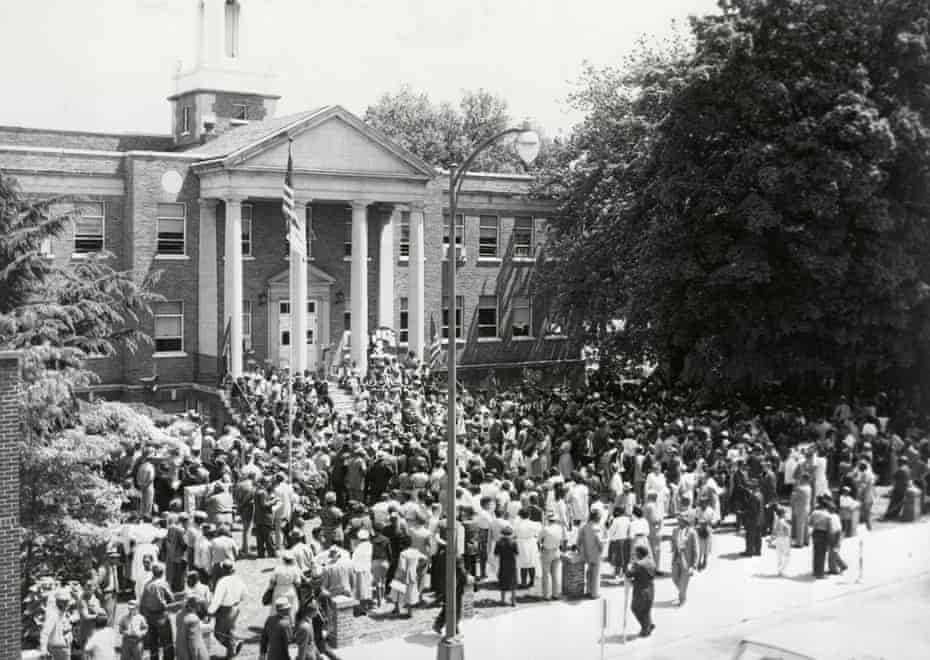
-
A crowd gathers for an NAACP rally in May 1961 at the Prince Edward county courthouse in Farmville, Virginia, marking the seventh anniversary of the supreme court’s school desegregation ruling.
Massive Resistance was in place from 1956 to 1959. But in some places, schools weren’t desegregated until a decade after the Brown decision, longer than in any other state in the US south, making Virginia notorious, at the time, among civil rights advocates. The period is so seminal to its history that public school students are required to learn about it beginning in the fourth grade.
Since long before Glenn Youngkin was elected governor of Virginia, deploying rhetoric that tapped white fears over teaching about race and racism in public schools, race and education have been an incendiary combination, especially in southern politics. Black demands for educational equality as part of the civil rights agenda historically have been met with white rejoinders of states’ rights and other, more naked justifications for segregation. In Virginia, the Defenders of State Sovereignty and Individual Liberties was chartered after the Brown decision to preserve “racial integrity”, “racial separateness” and “the precious heritage handed down to us by our forefathers”. And the slow erosion of public education post-Brown and its replacement with “choice” and private schools are rooted in the battles over white children and Black children attending the same schools.
In a 1958 letter to Virginia school superintendents, Governor J Lindsay Almond Jr wrote: “I am solemnly and irrevocably committed to do everything within my power to defend and preserve public education for all of the children of the Commonwealth. Irrefutable evidence abundantly abounds that the mixing of the races in our public schools will isolate them from the support of our people, produce strife, bitterness, chaos and confusion to the utter destruction of any rational concept of a worthwhile public school system.”
Black students left to fend for themselves
While the Brown decision was the catalyst for Massive Resistance, the ruling joined four other cases, including a 1951 Virginia lawsuit, Davis v Prince Edward county. In April 1951, 16-year-old Barbara Johns led a walkout in protest of the substandard conditions in her Black high school compared with the white high school in Farmville in Prince Edward county.
“There had already been other protests and movement activity in Farmville by community leaders. In fact, the Reverend Vernon Johns, a major civil rights leader, was Barbara’s uncle. She had learned so much about the broader civil rights movement, community resistance activity and the art of protest from her family and community,” said Colita Fairfax, a professor of social work at Norfolk State University who has served on state and federal historic commissions.
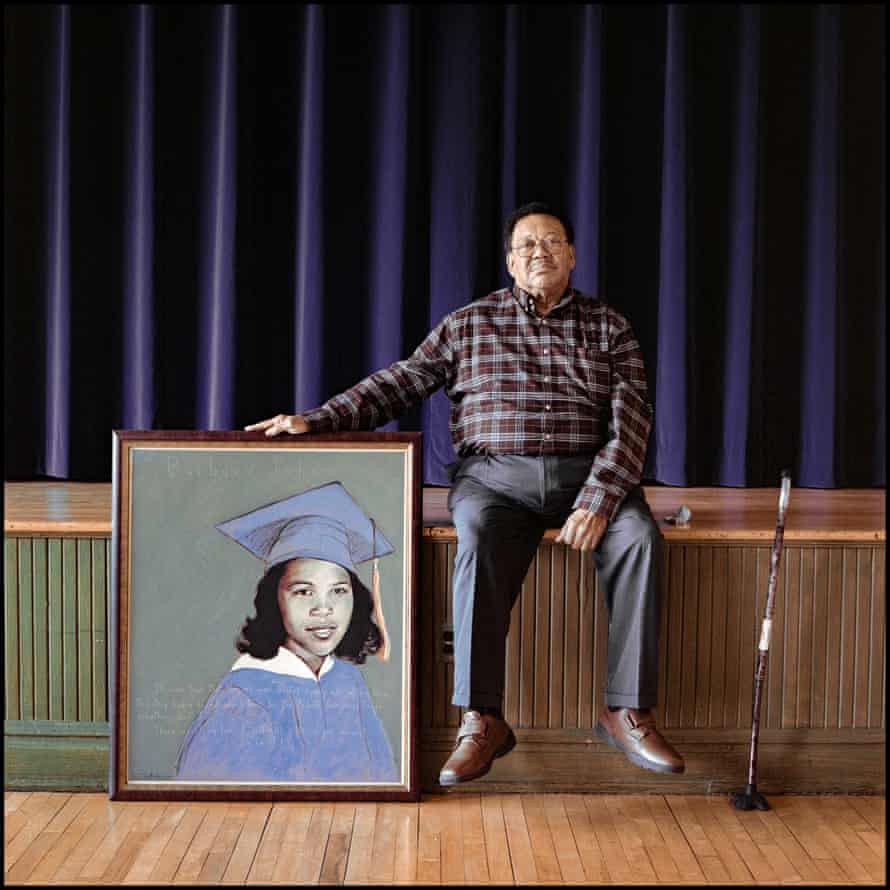
-
Robert Hamlin Sr, a former student at Robert Russa Moton high school, with a portrait of Barbara Johns, on the stage where Johns gave her initial strike speech to students.
Johns’ actions attracted the NAACP, which sued the county, sparking legal sparring over desegregation that prompted white officials to shut down the public school system in 1959. That year, Massive Resistance ended in most of Virginia, but opposition to school desegregation intensified in Prince Edward county.
Robert Hamlin Sr was a senior in high school who had grown up in the shadow of the school desegregation battles. His parents, members of the Nation of Islam, encouraged his education; his first instruction was in a three-room schoolhouse in the county with a potbelly stove for heat and an outside pump for water. When he began attending Robert Russa Moton high school, where Johns had led the walkout eight years earlier, Hamlin was thrilled because it had indoor heating and water.
“I thought, ‘Wow,’” he said.
Later, he attended a new Moton high school, which was built in 1953 and included facilities that white students in the community took for granted such as a cafeteria and a gymnasium.
Before he could graduate, county officials shuttered the schools to avoid desegregating them, using a tactic to evade the law: they refused to appropriate taxes to pay for the school year. A foundation was created to support private education for white students; later tuition grants were offered. The Black students were on their own.
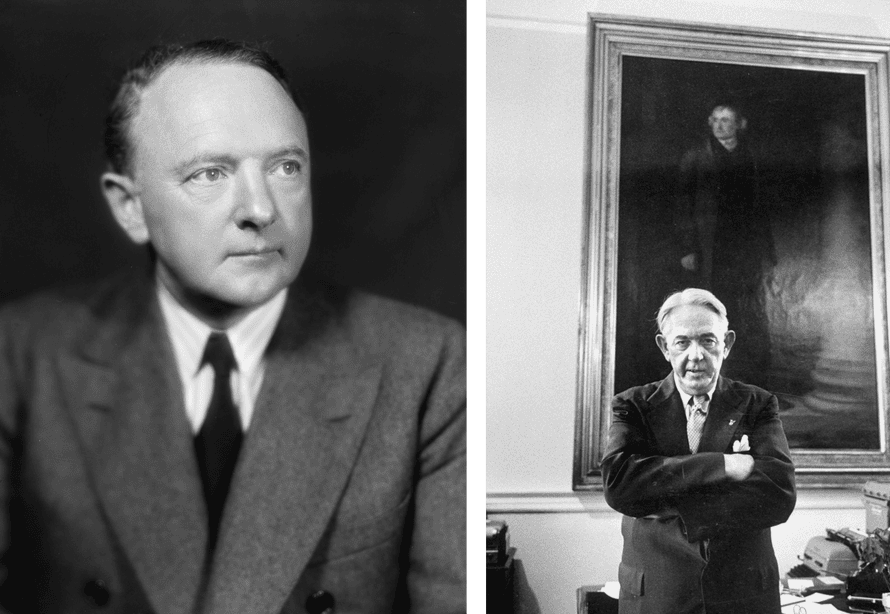
Hamlin had promised his mother, who had only completed the sixth grade, that he would graduate high school. “So, when schools closed and I’m going into the 12th grade, that was the one thing that stuck with me most, my mom’s desire for me to graduate high school,” he said. “And now, all the sudden, through no fault of our own, it appears that I wasn’t going to be able to do that.”
From 1959 to 1964, Black students didn’t receive a formal education in Prince Edward county.
“That story is unique among the south. There’s no other locality that closes its schools for such an extended period of time in order to avoid school desegregation,” said Brian Daugherity, an associate history professor at Virginia Commonwealth University who has written books about Virginia’s desegregation battles.
The US senator Harry Flood Byrd Sr of Virginia galvanized white resistance in the state. An ardent segregationist, he was an author of the southern manifesto, a declaration of states’ rights and a defense of Jim Crow laws, written in response to the Brown decision. With Byrd’s support, the then governor, Thomas B Stanley, created a special commission in 1954, which engineered many of the plans to oppose desegregation that were approved by the Virginia general assembly.

-
Left: Barbara Johns is quoted on the Virginia Civil Rights Memorial. Right: Granby high school in Norfolk, Virginia, was attended by Betty Jean Reed of the Norfolk 17.
Lawmakers made school attendance optional and offered white parents tuition support for private schools. And to ensure that school districts toed the line, lawmakers threatened to strip them of state funding if they integrated under court pressure. The assembly also passed laws that made it harder for Black students to attend white schools, even if the schools were closer to their homes than Black schools. In Norfolk, one of three communities under a court order to desegregate at the time, Black students had to take multiple tests to be eligible to attend white schools.
Fairfax said a series of local court case delays, pupil placement exams, intimidation tactics and harassment were designed to thwart desegregation efforts.
‘You’re doing this for the future’
In Norfolk, of the 151 Black students who were eligible, based on where they lived, to attend white schools, only 17 enrolled, including Patricia Turner and her brother James, Turner said. They were close enough to the white junior high school to walk there. In an archival photo, a 14-year-old Turner poses in a dress, coat and bobby socks with other members of the Norfolk 17.
When she entered Norview junior high school, she had been required to pass eighth-, ninth -and 10th-grade tests, she said.
“They wanted the best of the best,” Turner said, recognizing the double standard applied to Black students.
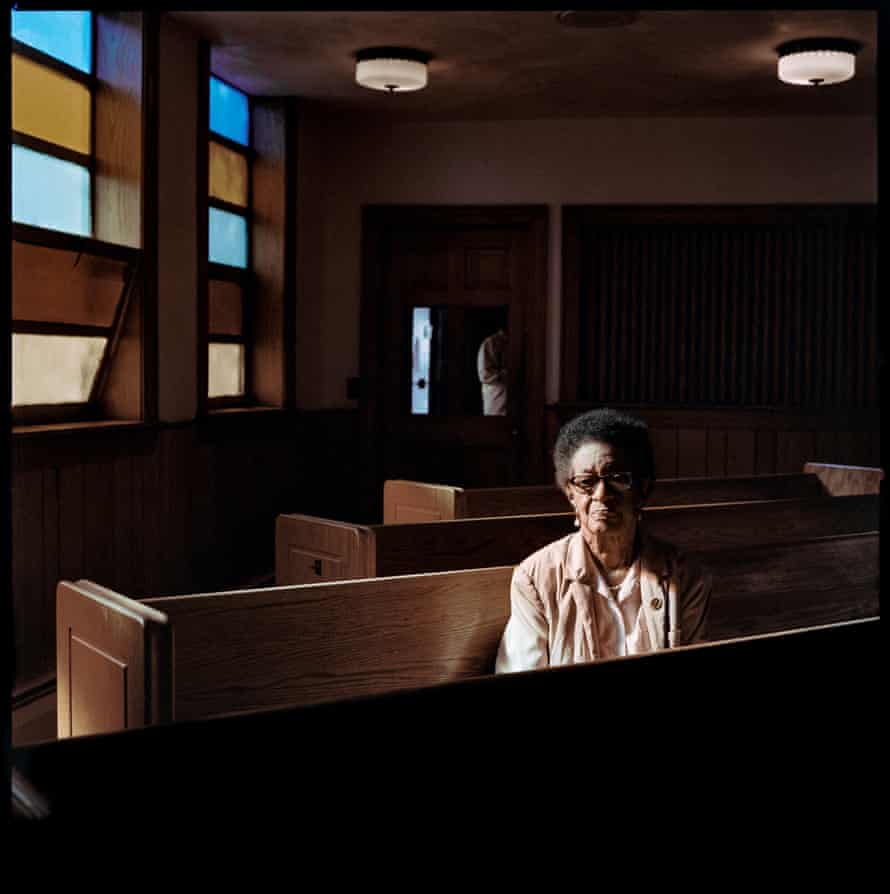
-
Patricia Turner had to pass eighth-, ninth- and 10th-grade tests to attend Norview junior high school, she said.
In the months before entering Norview, she prepared for eighth grade and “how to react if someone spits in your face”, she said. She was told to “wipe it off because it was just water”.
“They told us, ‘You are not only doing this for you, you’re doing this for the future,’” she said, referring to the instructions from elders to her and other Black students assigned to white schools in early 1959.
In the last months of 1958, they attended classes in the basement of a local Black church because the white schools they were assigned to were closed. The pastor, teachers and others in the community volunteered to teach them until a wealthy Black patron financed the impromptu school.
While they were being educated, 10,000 white students in Norfolk were still shut out of public schools as a result of Massive Resistance. In an effort to stall desegregation, officials had closed the white schools, but left the Black schools open.
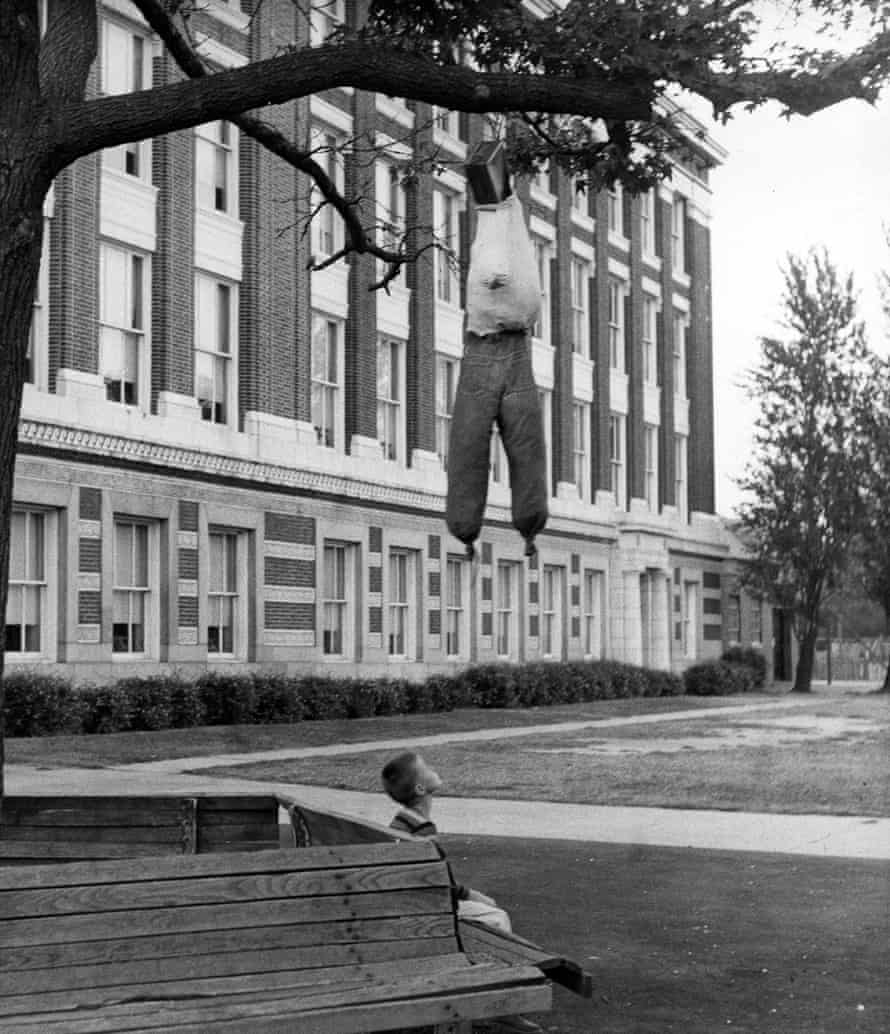
“This has always puzzled me,” said Turner, a retired educator who still works with children. “That means the Black students were being educated; the white students were out of school because of 17 Blacks.”
In the end, a campaign to defend the education of white children in separate schools faltered because they weren’t in school. In addition to the activism by the Black community and organizations such as the NAACP, opposition by weary and some well-meaning white parents helped bring Massive Resistance to an end. In Norfolk, a group of white parents and community and business leaders successfully sued to reopen the schools. In a letter to Governor Almond, the Norfolk Committee for Public Schools wrote: “We believe that Massive Resistance was never intended to punish the white school children of the state. It was never intended to punish the entire populace economically. Because of federal court decisions, however, it is powerless to do otherwise than punish those who least deserve it …
We believe that the Supreme Court is no more likely to reverse its school desegregation decisions than it is to reverse the decision of Appomattox. Virginia must therefore face the realities of the situation, as it did in 1865, and proceed courageously along the best and most realistic lines available.”
‘Everything is cyclical’
In Farmville, Hamlin also found support in the Black church. He was able to graduate high school, not in Virginia, but in North Carolina, 125 miles from home.
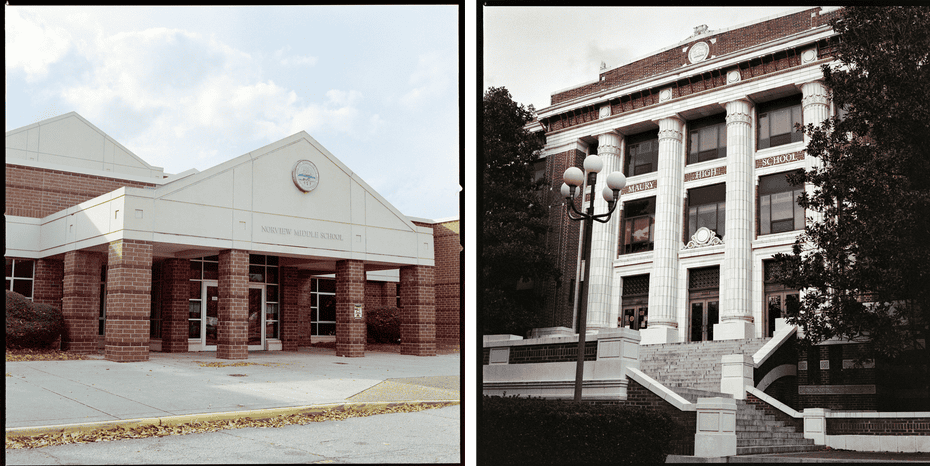
-
Left: Norview middle school, formerly junior high, attended by Patricia Turner, James Turner Jr, LaVera Forbes, Edward Jordan, and Claudia Wellington of the Norfolk 17 . Right: Maury high school was attended by Louis Cousins, another member.
While white resistance crumbled in Norfolk, it escalated in Farmville with the school closures. Two Black ministers used their connections at Kittrell Community College in Henderson, North Carolina, to help Hamlin and other students graduate high school. During his senior year, he lived in a college dorm.
Prince Edward public schools reopened in 1964 following the US supreme court decision in Griffin v School Board of Prince Edward county. By them, Hamlin was long gone. After graduating high school in North Carolina, he eventually enrolled in the air force. He didn’t move back to Prince Edward county until 1999; 40 years had passed since the school closures.
“I was quite pleasantly surprised by how it had advanced and changed,” said Hamlin, who stayed away because there were no opportunities. After returning, he landed a position as deputy director for youth programs at a workforce development agency serving south central Virginia.
Today, Farmville is called “the birthplace of America’s student-led civil rights revolution”. The original Moton high school, which ignited the commonwealth’s school desegregation battle, was named a national historic landmark in 1998 and converted into a museum in 2001. Hamlin served on the museum board for five years, including a stint as chairperson. In 2003, the Virginia assembly apologized to the students who lost five years of education.

Today’s opposition to teaching race in schools could deny students the lessons of Virginia’s education history. During his run, Youngkin’s appeals to parents with slogans like “parents matter” wasn’t just part of a campaign, but a movement, he said. Youngkin has pledged to end the teaching of critical race theory, a legal theory that explores how racism is embedded in US laws and policies, in Virginia schools, though it isn’t taught in kindergarten through 12th grade schools there. The crux of the issue, Youngkin has said, is that schools shouldn’t teach children “what to think as opposed to how to think”.
Colfax says teaching the history of Massive Resistance will help students become critical thinkers. Massive Resistance was one of several issues many white Virginians were responding to in the 1950s. They were also reacting to “the Black community’s resistance activities in forms of protest, agitation, voting”, she said. “When narratives such as these are not taught in public schools, it means that schoolchildren aren’t learning about the beauty, strength, resilience, contributions of Black people. They are not learning to ask questions for themselves about citizenship, fairness, privilege, hate, white supremacy.’’
Reflecting on his place in state history and the current issues in Virginia education, Hamlin said: “I have learned along the way that you need to know your history, you need to know the past because it will come back again. Everything is cyclical. And so, it may show up a little differently, but it will show up again.”
Stay connected with us on social media platform for instant update click here to join our Twitter, & Facebook
We are now on Telegram. Click here to join our channel (@TechiUpdate) and stay updated with the latest Technology headlines.
For all the latest Education News Click Here
